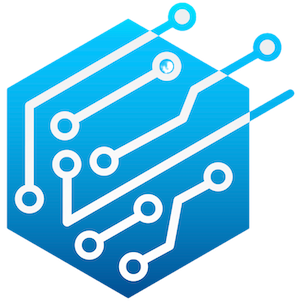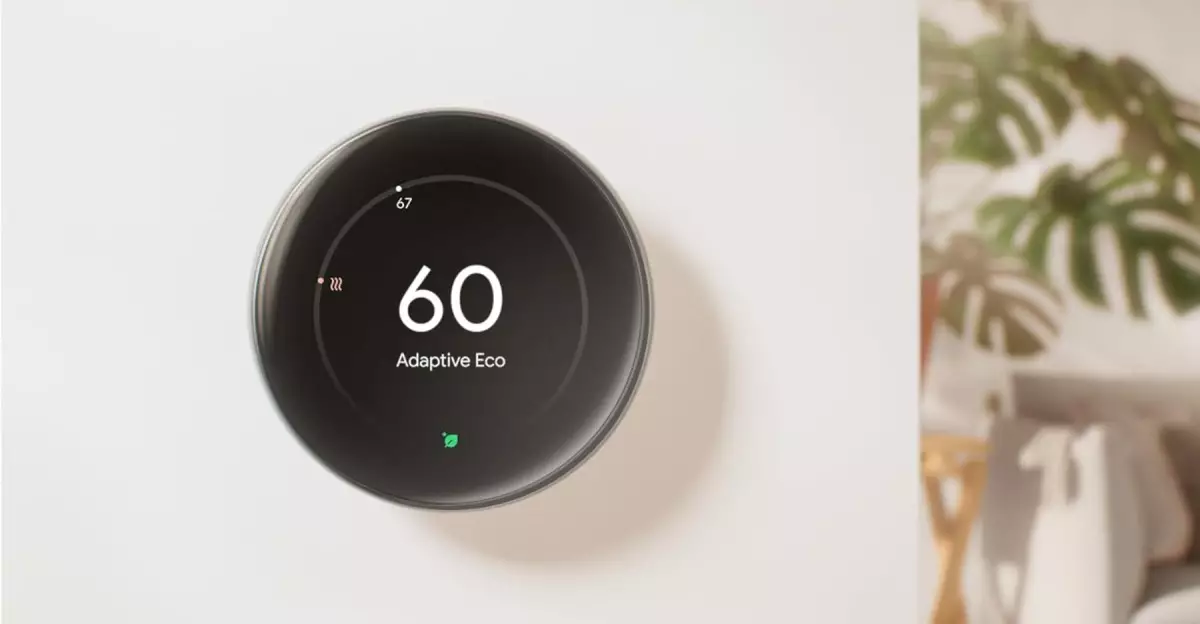The latest iteration of Google’s Nest Learning Thermostat marks a pivotal advancement in the smart home ecosystem. Far from merely a reskin or minor upgrade, this fourth-generation device represents a significant step forward in usability, compatibility, and design. It exemplifies how smart technology should enhance daily living—not just through clever features, but through seamless integration and intuitive operation. While many smart gadgets tend to fall into the trap of obsolescence or complexity, this thermostat dares to redefine its category by focusing on core functionality and holistic compatibility.
Design and User Experience Redefined
One of the most immediately noticeable improvements lies in its design. Unlike earlier models that may have appeared utilitarian, the new Nest thermostat boasts a more refined aesthetic, with a display that enlarges by 60%, offering a more engaging and informative user interface. This broader visual real estate allows for customization—users can prioritize what information to display, whether it’s outdoor temperature, humidity, or precise time. The clarity and accessibility of the display elevate this device from a basic component to an interactive centerpiece of the modern smart home.
Additionally, the hardware redesign emphasizes elegance and sophistication. Instead of a small, often overlooked device, it becomes a statement piece that subtly blends into any interior decor. Its streamlined profile and intuitive controls make it accessible to users of all technological backgrounds, encouraging wider adoption of smart home thermostats.
Enhanced Compatibility and Matter Support
What truly sets this device apart is its newfound compatibility breadth. Supporting Matter—an industry standard aimed at unifying smart home devices—means this thermostat can securely connect with a multitude of platforms such as Google Home, Apple’s HomeKit, Amazon Alexa, and Samsung SmartThings. This interoperability is not just a marketing accolade; it fundamentally remodels user experience by breaking down previous silos that often hinder device integration.
Gone is the frustration of being locked into a single ecosystem. Instead, users gain flexibility, convenience, and peace of mind, knowing that their thermostat can be controlled and programmed through preferred apps or voice assistants. This feature signals a shift toward truly user-centric smart homes where devices collaborate seamlessly, rather than operate in isolated environments.
Smarter, Finer-Tuned Functionality
The thermostat’s smart scheduling capabilities stand out as a tangible benefit. By learning individual habits and modifying the temperature proactively, it reduces waste and optimizes comfort—a vital feature in today’s eco-conscious era. The addition of the second-generation remote temperature sensor enhances this intelligence by allowing zone-specific climate control, addressing the common issue of uneven heating or cooling. This small but meaningful upgrade exemplifies how smart devices are increasingly designed not just for convenience but for thoughtful, adaptive performance.
Furthermore, the integration of advanced sensor technology, including the Soli radar sensor, demonstrates a commitment to predictive control. It can detect approaching individuals, preparing the home environment accordingly. This feature might seem like a minor convenience on the surface but reflects a deeper trend among high-end smart home devices: anticipatory automation that aligns with human behavior, creating a truly personalized living space.
Beyond HVAC: A Paradigm of Connectivity
The recent addition of support for the Matter protocol elevates this device from a simple temperature controller to a true “smart home hub.” Its compatibility across platforms means it can work harmoniously with a range of smart home products—from security cameras to lighting systems—forming an interconnected ecosystem rather than isolated islands of technology. This connectivity is crucial in turning homes into intelligent, responsive environments capable of adapting to lifestyle changes effortlessly.
Google’s latest Nest Learning Thermostat exemplifies the next generation of smart home appliances—not just through technological refinement but through a keen understanding of user needs. Its design mastery, expansive compatibility, and intelligent functionality position it as an indispensable element of modern living. While the current deals make it accessible, what’s more compelling is what this device represents: a move towards smarter, more integrated, and more human-centric home automation.


Leave a Reply